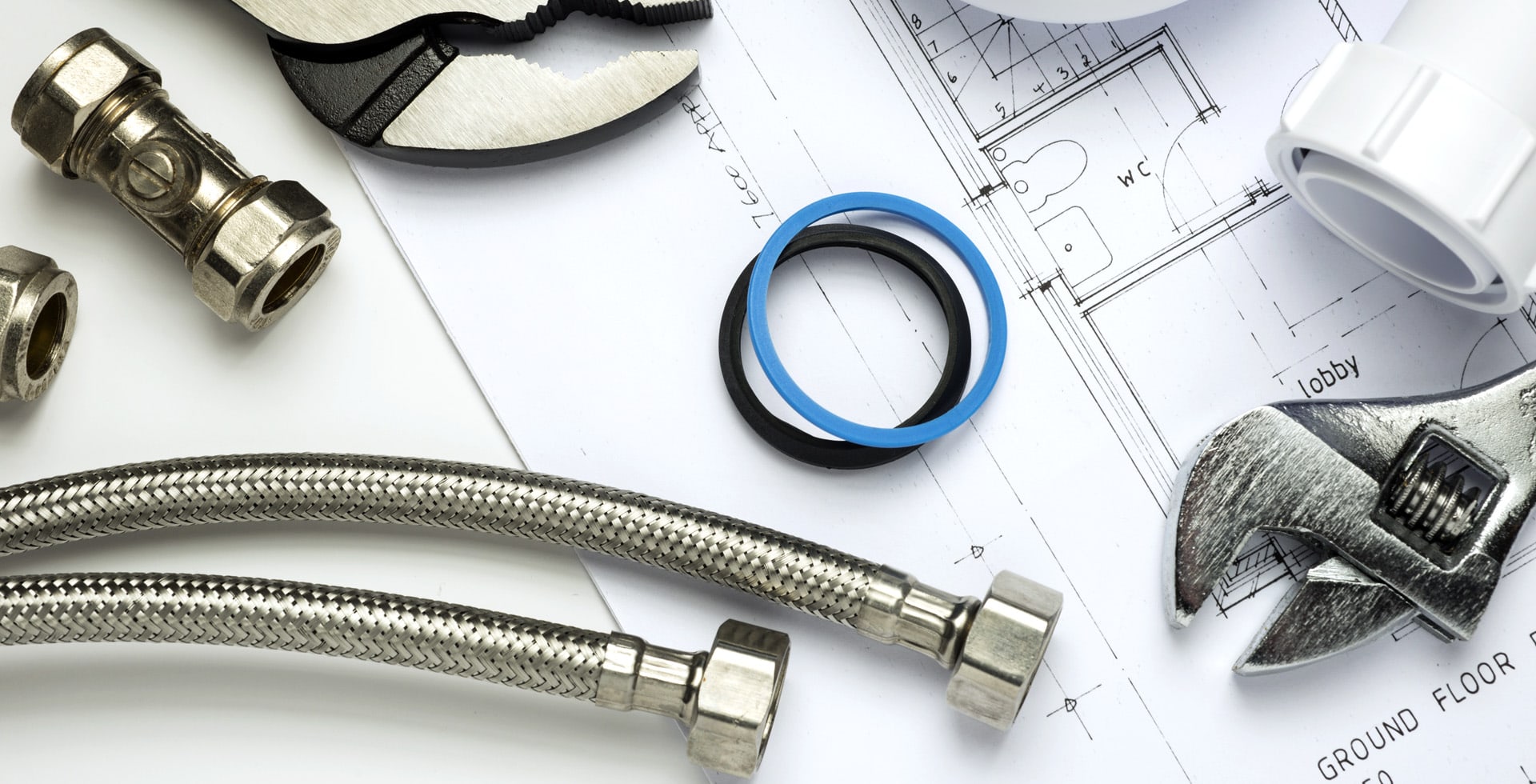Overheating in a vehicle is a common problem that can lead to significant engine damage if not addressed promptly. One often overlooked component that can contribute to overheating is the thermostat housing. In this detailed blog post, we will explore how thermostat housing can cause overheating, the symptoms to watch out for, and the steps to prevent or fix the issue.
Understanding the Thermostat and Its Housing
The thermostat in your car is a crucial component of the cooling system. Its primary function is to regulate the flow of coolant between the engine and the radiator. The thermostat remains closed when the engine is cold, allowing it to warm up quickly. As the engine reaches the optimal operating temperature, the thermostat opens to allow coolant to flow into the radiator, where it is cooled before circulating back to the engine.
GET IN TOUCH
Schedule a Visit
The thermostat housing is the casing that holds the thermostat in place. It connects to the engine and the radiator, forming a critical junction in the cooling system. The housing is typically made of metal or plastic and is designed to withstand high temperatures and pressure.
How a Faulty Thermostat Housing Can Cause Overheating
- Leaks: One of the most common issues with thermostat housings is leaks. These leaks can occur due to a cracked housing, a damaged gasket, or improper installation. When the thermostat housing leaks, it can cause a loss of coolant, leading to insufficient cooling of the engine. A low coolant level can quickly result in the engine overheating.
- Blockages: Sometimes, debris or sludge can accumulate in the thermostat housing or around the thermostat itself. This buildup can impede the movement of the thermostat, preventing it from opening or closing properly. If the thermostat cannot open, the coolant will not flow to the radiator, causing the engine to overheat. Conversely, if the thermostat cannot close, the engine may not reach the proper operating temperature, leading to poor performance and potential overheating due to excessive cooling.
- Thermostat Failure: While not directly a fault of the housing, a malfunctioning thermostat within the housing can cause overheating. If the thermostat becomes stuck in the closed position, it will block the flow of coolant to the radiator, leading to rapid overheating of the engine. This issue can sometimes be traced back to problems with the thermostat housing, such as debris or damage that affects the thermostat’s operation.
- Corrosion and Wear: Over time, the thermostat housing can corrode, especially if it is made of metal. Corrosion can weaken the housing, leading to cracks and leaks. Additionally, wear and tear from constant temperature fluctuations can compromise the integrity of the housing, resulting in potential failures and overheating.
Symptoms of a Faulty Thermostat Housing
Recognizing the symptoms of a faulty thermostat housing can help you prevent overheating and potential engine damage. Here are some common signs to watch for:
- Coolant Leaks: If you notice puddles of coolant under your car or see coolant leaking from the engine area, it may indicate a problem with the thermostat housing. Check for visible cracks or signs of damage on the housing.
- Engine Overheating: If your engine temperature gauge rises into the red zone, it indicates overheating. This could be due to a lack of coolant flow caused by a faulty thermostat housing or thermostat.
- Fluctuating Temperature Gauge: An erratic or fluctuating temperature gauge can signal an issue with the thermostat or its housing. This inconsistency in temperature regulation can lead to overheating if not addressed.
- Poor Engine Performance: A malfunctioning thermostat housing can cause the engine to run at improper temperatures, leading to reduced performance, decreased fuel efficiency, and increased emissions.
- Steam or Strange Odors: Steam coming from under the hood or a sweet smell (indicative of coolant) could point to a coolant leak. This leak could be originating from the thermostat housing.
Preventing and Fixing Thermostat Housing Issues
Maintaining your vehicle’s cooling system is crucial for preventing overheating. Here are some steps to help prevent and address issues with the thermostat housing:
- Regular Inspections: Periodically check the thermostat housing and surrounding components for signs of leaks, corrosion, or damage. Early detection can prevent more serious problems down the road.
- Coolant Flushes: Regularly flushing and replacing the coolant can prevent debris buildup and corrosion in the cooling system, including the thermostat housing.
- Proper Installation: When replacing the thermostat or thermostat housing, ensure that it is installed correctly and securely. An improper installation can lead to leaks or malfunction.
- Quality Parts: Use high-quality replacement parts for the thermostat and its housing. Cheaper parts may not withstand the high temperatures and pressures of the cooling system, leading to premature failure.
- Monitor Temperature Gauge: Keep an eye on the engine temperature gauge while driving. If you notice unusual readings, pull over and investigate the cause to prevent overheating.
- Professional Inspection: If you suspect an issue with the thermostat housing or if you experience any of the symptoms mentioned, have your vehicle inspected by a qualified mechanic. They can diagnose the problem and recommend the necessary repairs.
A faulty thermostat housing can indeed cause overheating, which can lead to severe engine damage if not addressed promptly. Regular maintenance, inspections, and using quality parts can help prevent issues with the thermostat housing and the overall cooling system. If you experience symptoms of a malfunctioning thermostat housing, such as coolant leaks or engine overheating, it is crucial to address the issue immediately to avoid costly repairs and ensure your vehicle’s longevity.
By understanding the role of the thermostat housing in your vehicle’s cooling system and recognizing the signs of potential issues, you can keep your engine running smoothly and prevent the damaging effects of overheating.

